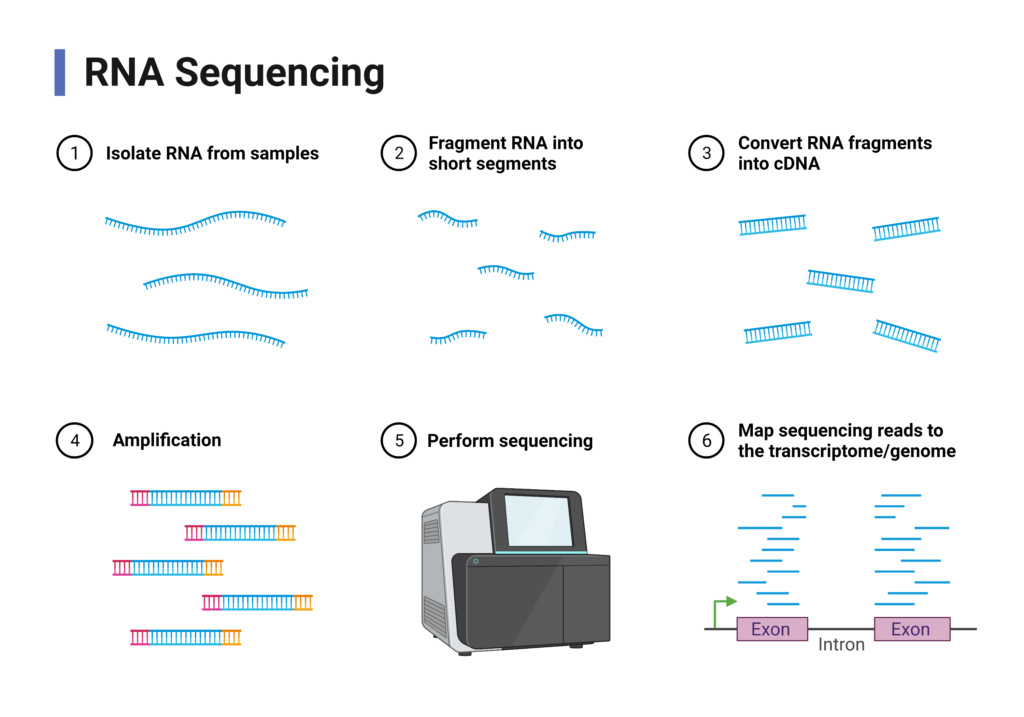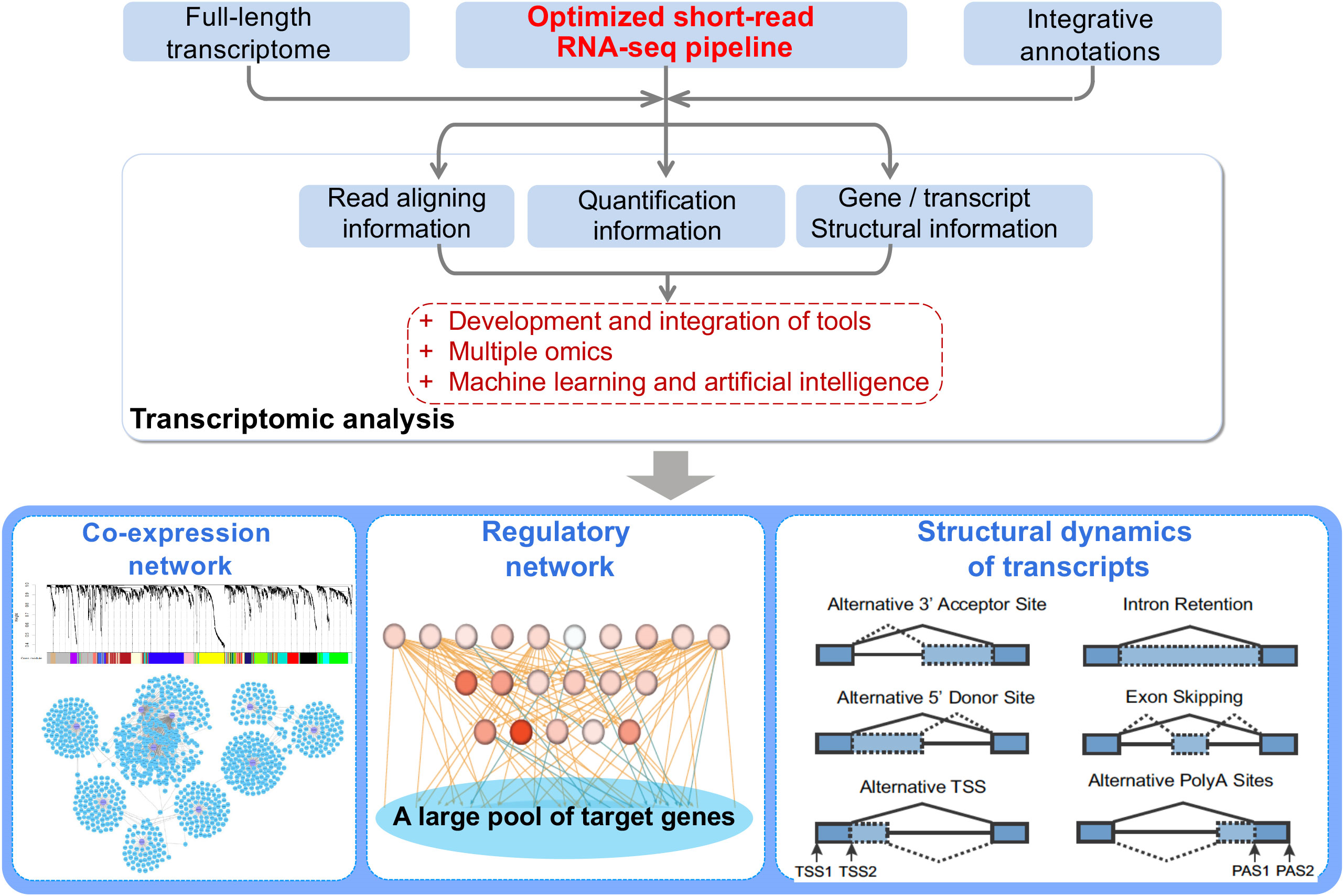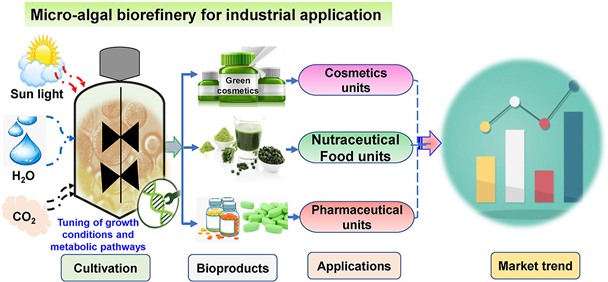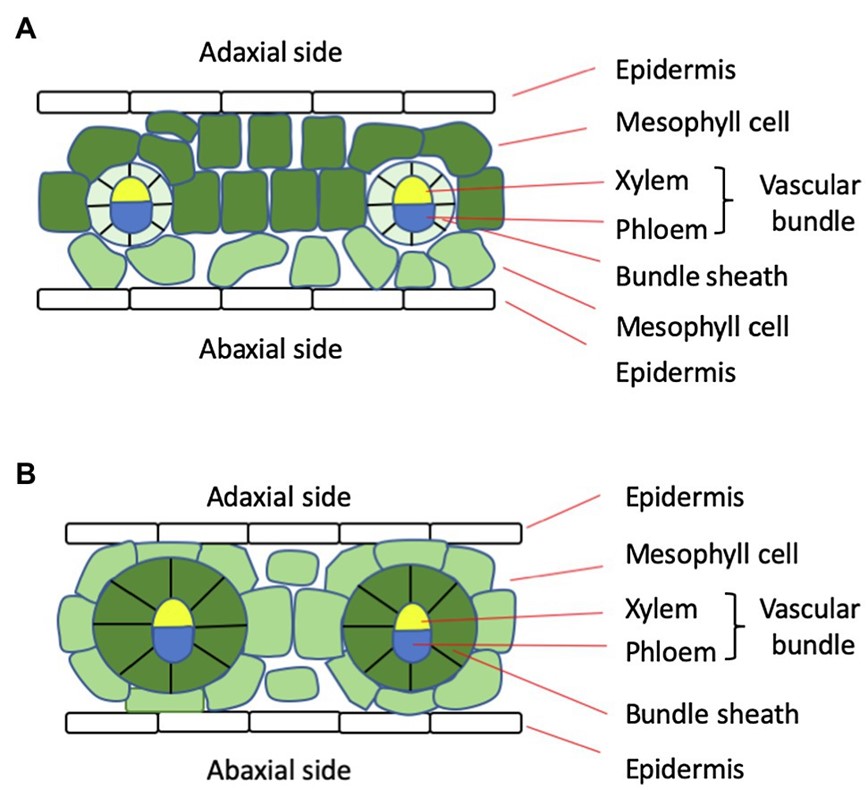Application of RNA Sequencing to Identify Genetic Variations: Insights and Potential Advantages
RNA sequencing, also known as RNA-Seq, is a powerful technique used to study gene expression at the transcript level and is primarily used to measure the abundance of RNA molecules. While its primary purpose is not variant detection like DNA sequencing, RNA-Seq can still be applied for variant detection in »














